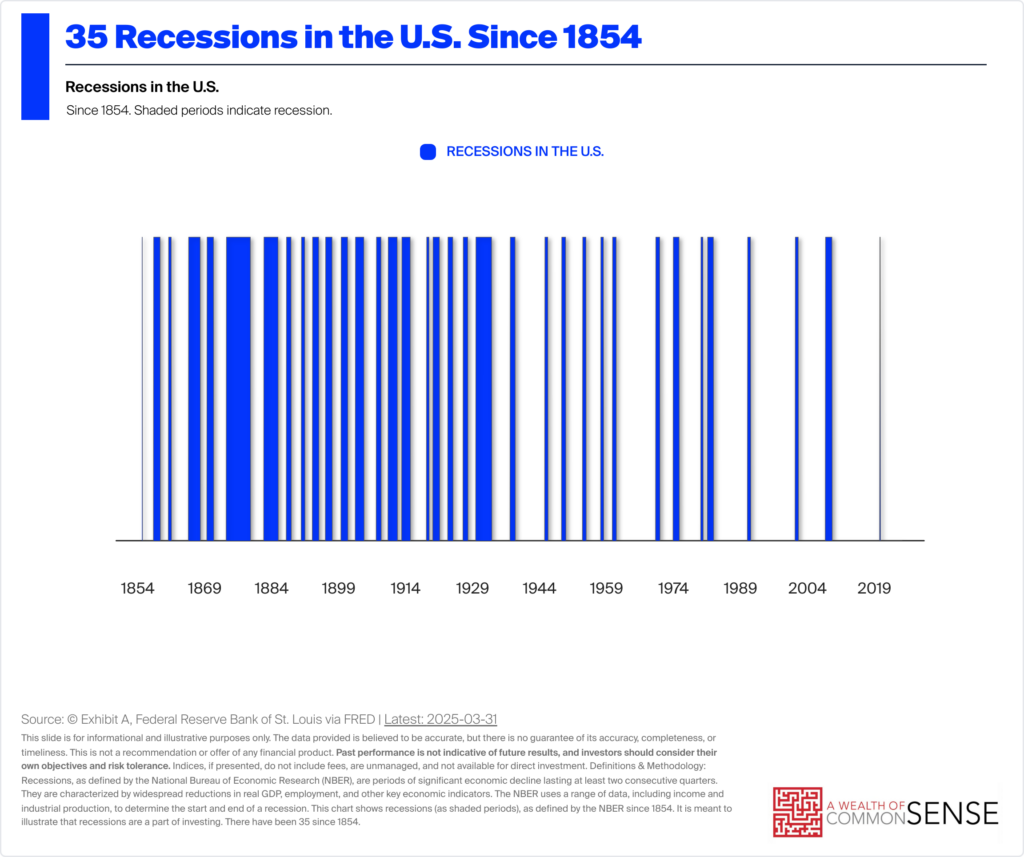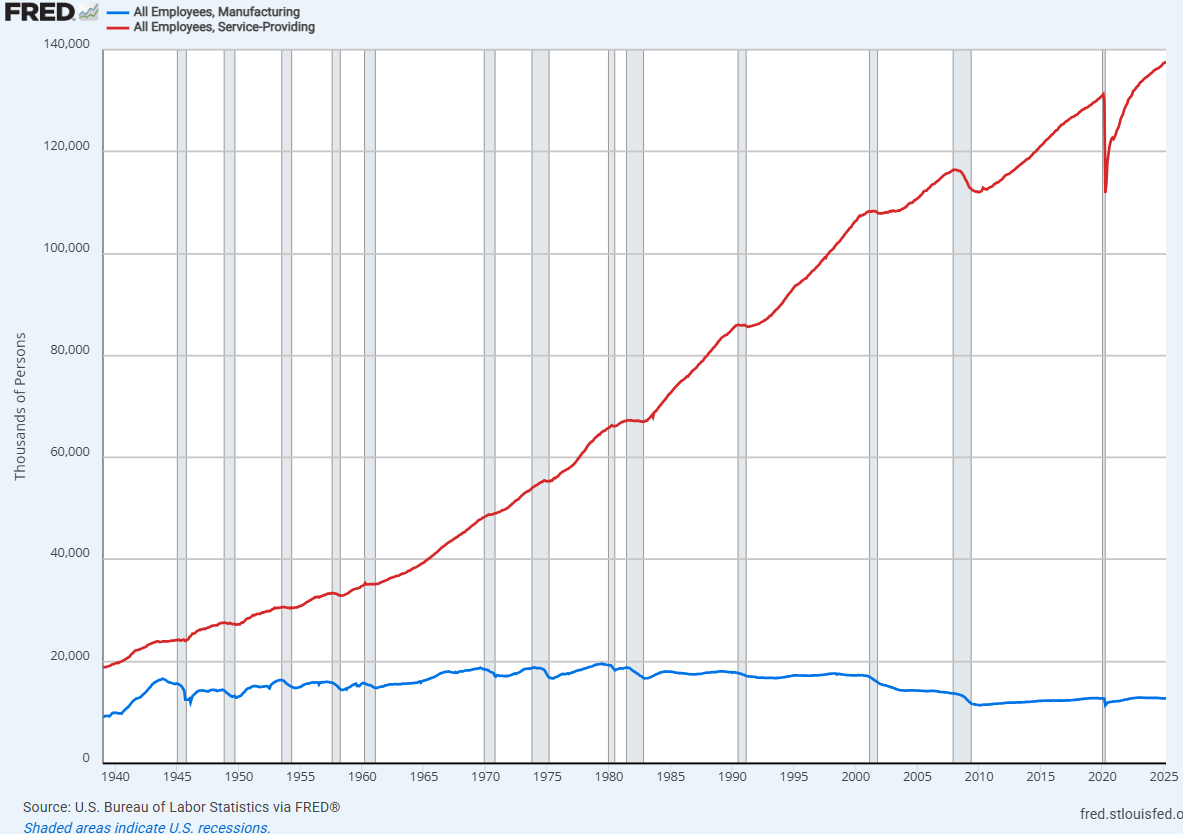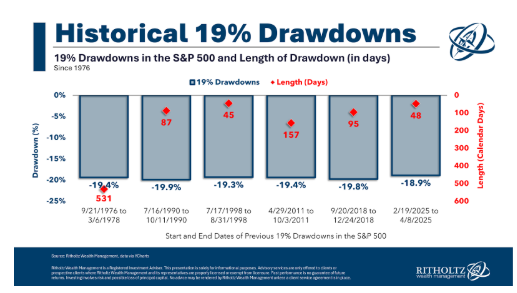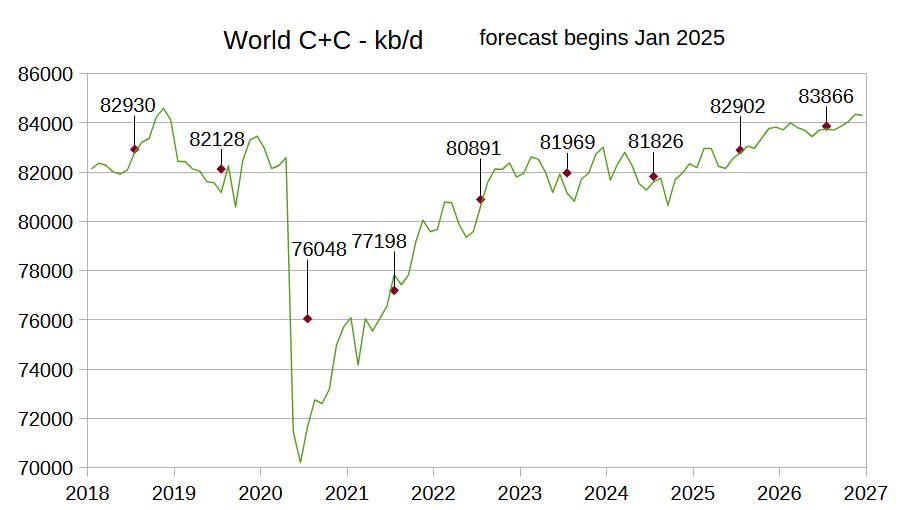You Can’t Trust This Long-Standing Retirement Rule Any More
When you are preparing for retirement, there are a ton of important decisions you must make. For many people, it’s overwhelming to make all of these choices. That’s where basic rules of thumb come in. These are “rules” that experts have created to help people get an idea of what they should be doing to […] The post You Can’t Trust This Long-Standing Retirement Rule Any More appeared first on 24/7 Wall St..

Key Points
-
Many people follow rules-of-thumb for retirement planning.
-
The 4% rule is one of the most common of those rules.
-
Recent research suggests you can no longer trust the 4% rule so you may need a different approach.
-
4 million Americans are set to retire this year. If you want to join them, click here now to see if you’re behind, or ahead. It only takes a minute. (Sponsor)
When you are preparing for retirement, there are a ton of important decisions you must make. For many people, it’s overwhelming to make all of these choices. That’s where basic rules of thumb come in. These are “rules” that experts have created to help people get an idea of what they should be doing to prepare for their later years, even if they don’t have a lot of financial expertise.
You’re probably familiar with a lot of these basic guidelines. For example, you may have heard that you need to end up with around 10 times your final salary when you retire. You may also have been told that aiming to save 10% to 15% of your income will help set you up for a secure retirement.
Unfortunately, sometimes these rules become outdated and they don’t work anymore– and this can be a big problem for people who based their retirement plans on them. That’s the case right now with one particular piece of guidance many people are planning to live by.
Forget about this long-standing retirement rule
One of the most common rules you’ve probably heard about has to do with setting a safe withdrawal rate. The withdrawal rate is the rate at which you can take funds out of your retirement accounts. Your withdrawal rate should not be too high because, if it is, you risk draining your account too fast and ending up broke. At the same time, setting it too low could mean you skimp and save to live on less than you should.
The withdrawal rate rule is so common that it has a name: The 4% Rule. Basically, the guideline said that you could withdraw 4.00% of your retirement account balance the first year that you retire. Then, you would simply adjust your withdrawals to account for inflation each year. If you stuck to this schedule, you theoretically had a 90% chance of making your money last for the whole of your retirement.
The problem is, the 4% rule doesn’t really work anymore. People are living longer, and projections for returns are now lower, so experts revised it numerous times. In fact, according to Morningstar researchers, a safe withdrawal rate has fluctuated over time but has stayed consistently lower than 4.00%. Here’s what their data showed for safe withdrawal rates:
- 3.3% in 2021
- 3.8% in 2022
- 4.00% in 2023
- 3.7% in 2024
These numbers are based on both equity valuations and projected bond yields, and they aim to provide a 90% probability of success based on a balanced portfolio, a 30-year retirement and fixed real withdrawals.
As you can see, though, they make it really clear that the 4% rule is nothing more than a very rough guideline — and you could end up needing to withdraw thousands of dollars less than anticipated each year if you want to make sure your future is secure.
How should you set your withdrawal rate?

There are many different ways to set a withdrawal rate that don’t require following a blanket rule of thumb. You could aim to live off just the interest your portfolio generates and not touch the principal if you want to be conservative. Or you could use the RMD tables prepared by the IRS to provide guidance.
Your best option, though, may be to talk with an experienced financial advisor. Your advisor can help you to make a personalized plan given specific factors like your investment allocation, other sources of funds, life expectancy, and spending plans. Getting this detailed advice can give you the best chance of spending the right amount to achieve the secure retirement you deserve.
The post You Can’t Trust This Long-Standing Retirement Rule Any More appeared first on 24/7 Wall St..
























































































































































